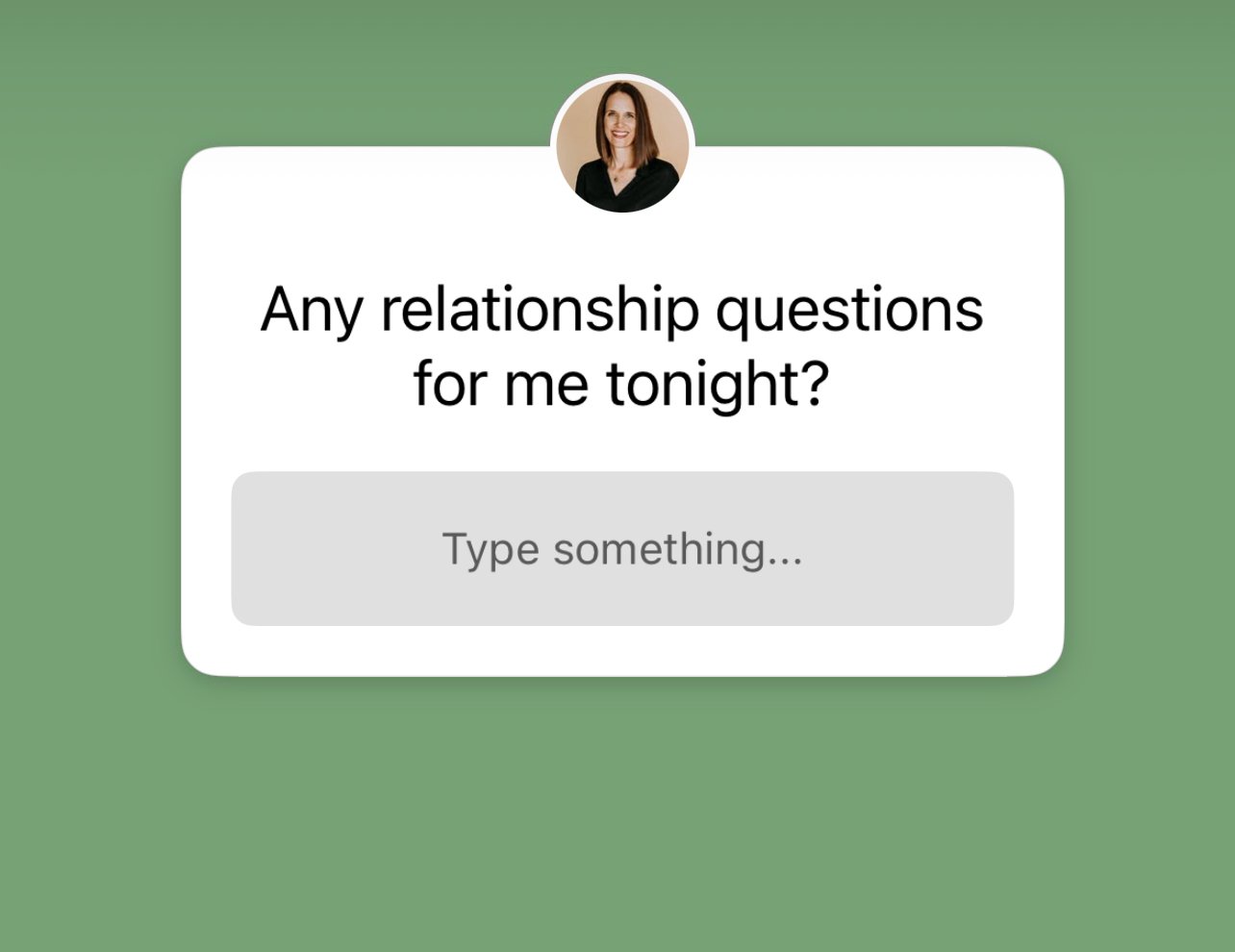I’d like to better understand…
Attachment Based Relationship Tips
Looking to strengthen your relationship? Our blog offers expert relationship tips rooted in attachment theory and Emotionally Focused Therapy. Learn how to identify your attachment style, communicate more effectively, and foster emotional safety with your partner. From overcoming conflict to building deeper trust, our practical advice and tools, created by couples therapist Julie Menanno, are designed to help you move toward a secure and fulfilling connection. Dive in and start transforming your relationships today!
Your Partner Doesn’t Want Help With Their Feelings?
When your partner avoids emotional support, it can feel confusing and lonely. But it often stems from shame, fear, or past conditioning—not rejection. Learn five reasons this happens and how to respond with compassion.
Hope: 8 Ways to Grow Secure Attachment in Your Relationship
Secure attachment doesn’t just happen—it’s created moment by moment, through emotional safety, self-awareness, and commitment. Here are 8 hopeful and practical ways to build a stronger, more connected relationship.
Unmet Childhood Attachment Needs: How Early Experiences Shape Adult Relationships
Many struggles in adult relationships trace back to unmet attachment needs from childhood. Explore how early emotional experiences shape your reactions, defenses, and patterns—and what healing can look like.
If You’re Struggling with Emotional or Relational Pain, Start Here
If you’re navigating CPTSD, attachment wounds, anxiety, or trauma, this book may change your life. Complex PTSD: From Surviving to Thriving by Pete Walker offers powerful tools for emotional healing and recovery.
Relationship Challenge: Respond to Criticism with Curiosity
Feeling criticized by your partner? Try responding with curiosity instead of defensiveness. Over time, openness fosters emotional safety and creates a stronger, more connected relationship.
How to Know If You’re Healing or Just Accommodating Your Wounds
Understanding whether you are truly healing your wounds or merely accommodating them can be challenging. Healing involves sitting with your pain and supporting yourself, while accommodating often means avoiding the pain altogether.
Can You Have Both an Anxious and Avoidant Attachment Style?
Attachment styles can be confusing, but in most cases, people lean heavily toward one attachment style in their closest relationships. Learn why you might feel like you have both anxious and avoidant tendencies and what that really means.
Validating Anger: For Yourself and Your Partner
Anger is not the problem—how we respond to it is. Learning to validate your own anger and your partner’s can lead to emotional regulation, deeper understanding, and stronger communication.
Enneagram and Marriage
Whether you're navigating anxious or avoidant patterns, or seeking to build deeper trust, this episode offers hope and concrete steps toward secure, lasting connection.
How Disorganized Partners Can Feel Safe in Relationships
Disorganized attachment can create intense emotional highs and lows in relationships. For these partners to feel safe, they need emotional validation, understanding, clear boundaries, and a partner committed to self-care and honest communication.
How to Break Free from Negative Communication Cycles in Your Relationship
Negative communication cycles are the real enemy of relationships—not your partner. Learn how to identify, interrupt, and prevent them so you can strengthen your emotional connection and resolve conflicts more effectively.
What Does Emotional Safety in a Relationship Really Mean?
Emotional safety is just as real and important as physical safety in a relationship. Learn how emotional validation, presence, and commitment create a secure bond between you and your partner.
What Is Your Sense of Self?
A strong sense of self allows you to move through life with confidence, authenticity, and emotional resilience. Learn how to develop a deeper connection to yourself, accept your flaws, and build more fulfilling relationships.
Splitting vs. Integrating: How to Shift from Extreme Thinking to Balanced Perspectives
Understanding the difference between splitting and integrating can help you develop a healthier, more balanced perspective in relationships. Learn how to move from extreme thinking to a more integrated way of seeing yourself and your partner.
3 Tips to Help Your Anxious Partner Feel More Secure
Anxious partners feel more secure when their relationship needs are met. Learn three practical ways to support your partner in feeling safe, valued, and emotionally connected.
Validation: The Key to Emotional Connection
Validation is the foundation of emotional safety in relationships. Learn how to practice validation to strengthen connection, improve communication, and create a deeper bond with your partner.
Navigating Relationship Challenges: Answers to Common Questions
Understand how attachment styles, boundaries, and emotional security shape your relationships. Learn how to distinguish between anxious fears and intuition, repair negative cycles, and move forward with clarity.
Resolve Conflict Using the D.E.A.R M.A.N. Method
Learn how the D.E.A.R M.A.N. method can help you express yourself clearly, set boundaries, and resolve conflict while maintaining emotional connection in your relationship.
How Do Secure Partners Do That?
Securely attached partners communicate effectively, regulate emotions, and maintain strong boundaries while fostering connection. Learn how these behaviors create thriving relationships.
Why Do Disorganized Partners Do That?
Disorganized attachment can make relationships feel unpredictable and overwhelming. Learn how survival strategies formed in childhood impact adult relationships and discover steps for healing.

























In this meeting, Julie dives into the crucial role of emotional safety and communication during disagreements. She highlights how it's not the disagreement itself, but how couples handle it that truly matters. Learn how being open, curious, and validating each other's emotions can help maintain a safe space for constructive conversations.
Julie also explores how small arguments often mask deeper emotional needs, like wanting to feel heard or valued. She addresses how different attachment styles (anxious versus avoidant) can influence communication and encourages couples to better understand each other’s emotional needs.